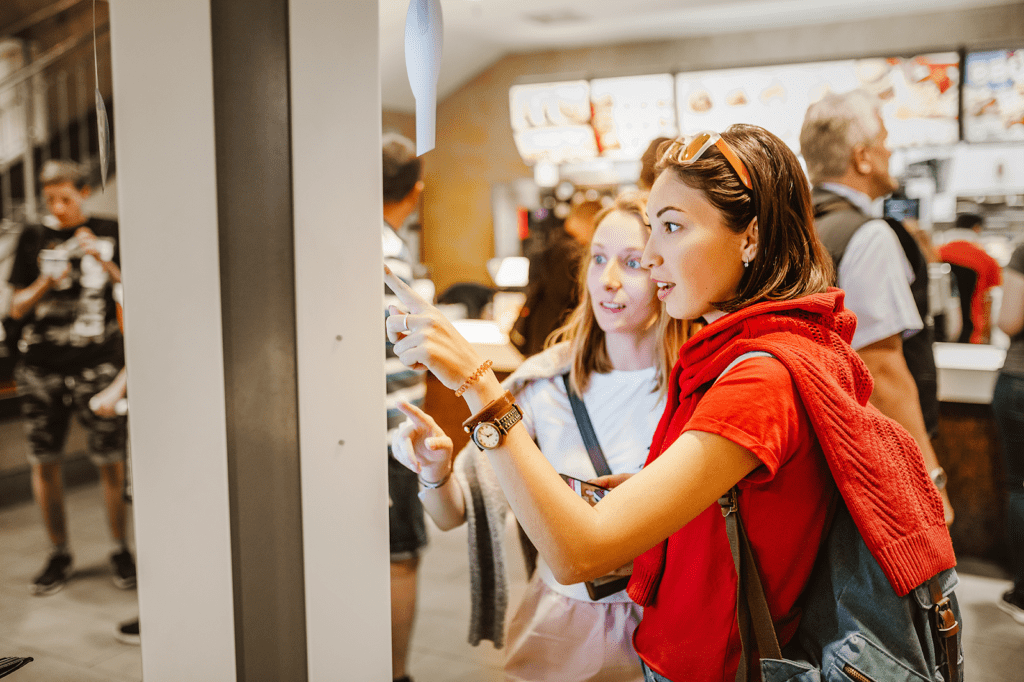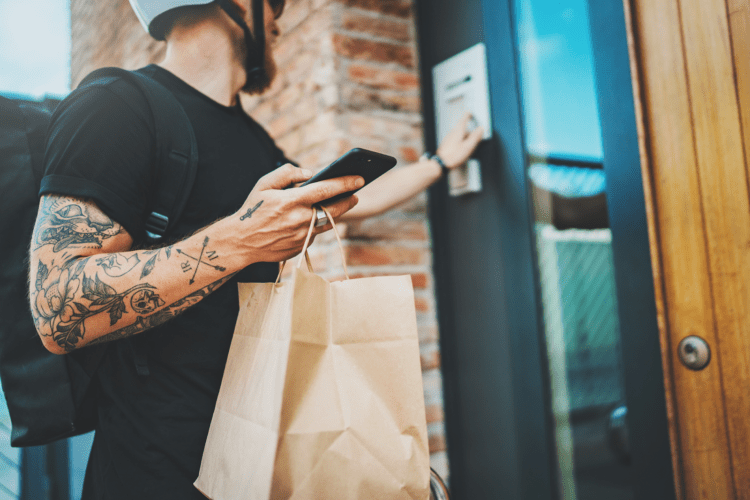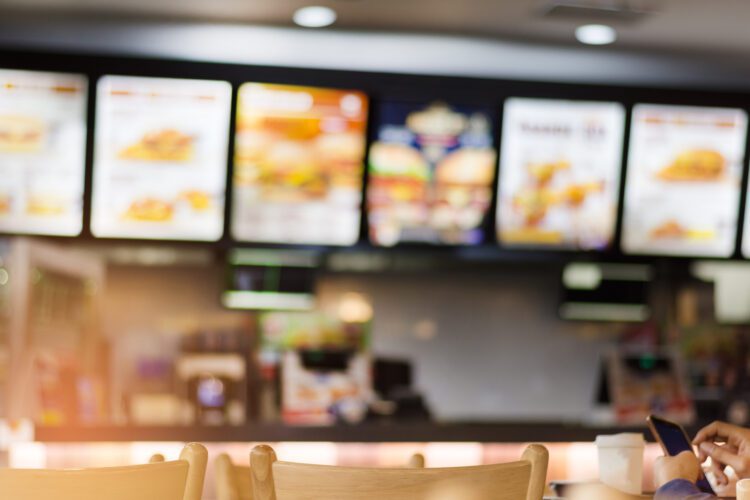Download the Whitepaper
The quick service restaurant segment’s adoption of digital tools to improve operations and customer experience has resulted in troves of customer data from disparate systems — from POS and inventory control to mobile apps and third-party delivery services, just to name a few. Yet many QSRs don’t have a strategy for leveraging all that data to yield insights that can improve their business.
We completely get it! Right now, many QSRs are simply working to keep their doors open, not to mention trying to juggle continued supply chain challenges, labor shortages, and, of course, health and safety amid an ongoing pandemic.
But what if we told you that having a data analytics strategy — one in which your vast cache of first-party and third-party customer data is unified and cleaned using a single, integrated platform, and then turned into actionable insights — can solve some of your biggest challenges? Or that recent research shows businesses using customer data saw profits rise 8 percent, while overall costs declined 10 percent?
In this post, we highlight the top four benefits that you — whether an independent, multi-unit, or emerging chain operator — can reap by capitalizing on the data at your fingertips.
Collecting and analyzing data such as purchasing habits and triggers or food preferences enables you to develop stronger customer engagement, which in turn drives sales and builds loyalty.
Right before the pandemic hit, Nekter Juice Bar, a tech-forward smoothie and acai bowl chain, invested in predictive software to market to its customers based on their prior orders. Using the software’s predictive selling feature, Nekter saw 12 percent growth in a control group of app users.

Data analytics can help you put the “research” back into “research and development” by allowing you to introduce menu items that your customers actually crave, and eliminate those they don’t. It can also help you solve other important menu challenges, such as finding — and filling — the gaps in your offerings and discovering ways to optimize items for different audience segments.

With two-thirds of American consumers more likely to eat at restaurants that serve locally-sourced menu items, sandwich chain Subway tapped aggregate third-party data on its customers’ preferences (sourced from analytics partners) to launch the limited Green Goddess Tuna Melt at 3,000 locations across the U.S. Following the success of the sandwich, the first of its kind to include green goddess dressing, Subway said it plans to continue using consumer preference data to develop additional locally-sourced menu items.

The ability to aggregate and analyze data about consumers’ eating and ordering patterns can also help you create new ways to package existing menu items, target and promote new eating occasions, and uncover unmet demand.
At the onset of the pandemic, Chipotle Mexican Grill leaned on social media analytics to learn the new needs and wants of its customers. Armed with data insights, the fast-casual burrito chain was able to identify patterns in its social data, and pivoted its advertising to focus on free delivery and employee safety. “We tracked the shift in customer behavior very closely and quickly developed programs that would cater to the consumer mindset,” Chipotle’s Chief Marketing Officer Chris Brandt told Forbes in March 2021.
The restaurant industry’s massive shift to digital ordering means you have more data from more channels to guide your marketing and promotion efforts, but you also have more competition from brick-and-mortar operators, as well as a fast-growing number of virtual brands. To compete, it’s becoming essential to access data to create more impactful marketing campaigns.

In September 2020, in the middle of the pandemic (and nearly 100 years after its inception), White Castle launched Craver Nation, the regional hamburger chain’s first-ever loyalty program, as a way to directly connect with — and market to — its customers. Craver Nation members can access White Castle’s mobile app to customize their order, enter their preferred time and location for pickup, explore contactless payment options, and browse special offers — new features that give White Castle additional layers of first-party data it can use to optimize its marketing efforts and increase the value of each customer by delivering the right offer at the right time, as well as one click to order. While the White Castle team expected Craver Nation and the data insights it delivers to have a positive impact on business, Vice President Jamie Richardson told QSR magazine in May 2021 that the loyalty app had already “exceeded targets.”
Adopting a data-driven strategy represents an immense opportunity, enabling operators like you to make more informed business decisions in real time. Even if it seems overwhelming, don’t let that prevent you from acting. The reality is you simply can’t afford to lose out on your data any longer.

Civis Analytics can help you better understand your customers and turn your data into campaigns that drive action.